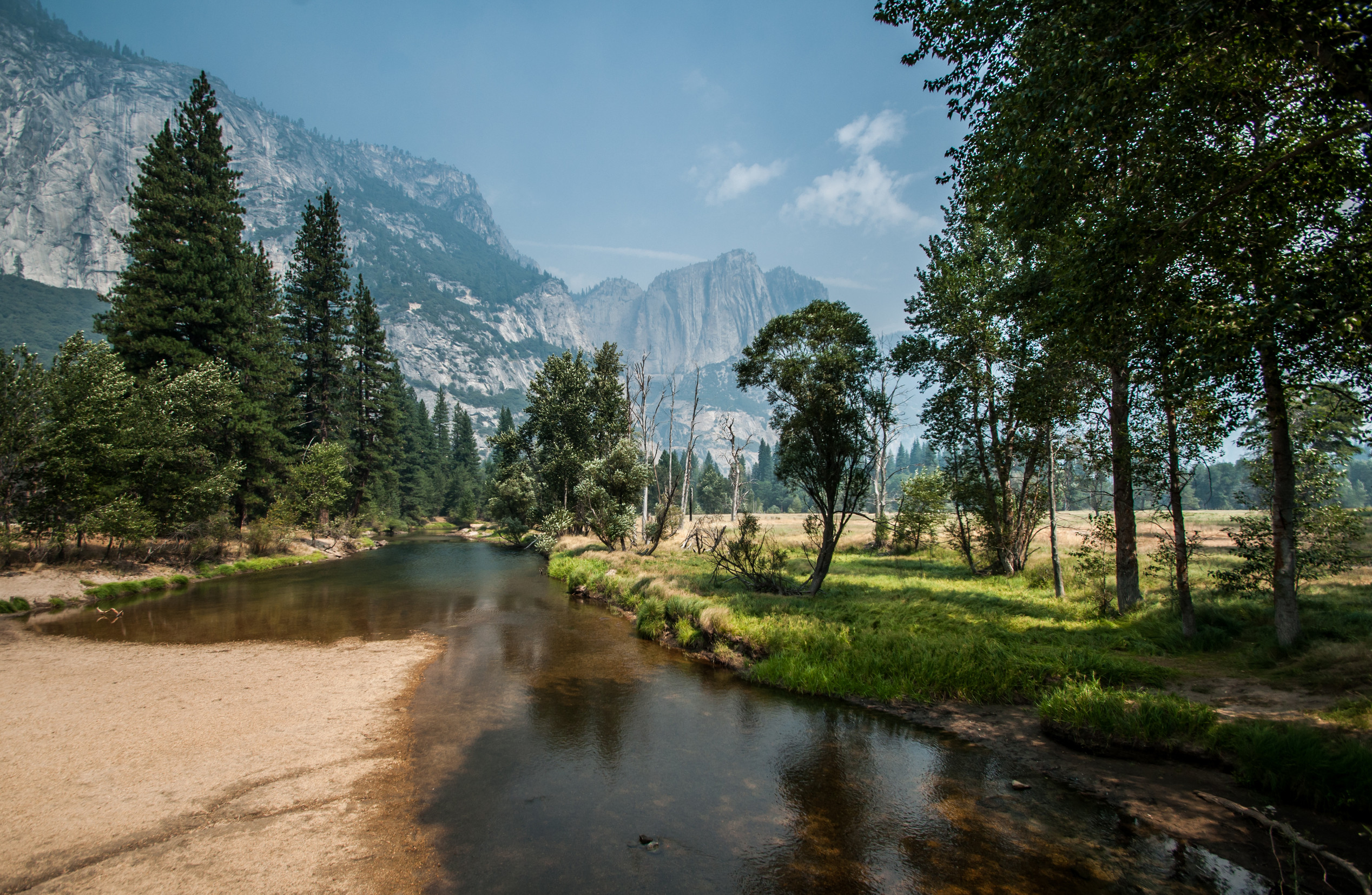Pound for pound, spider silk is much stronger than steel, and can be used in a variety of applications from bullet-proof clothing and biodegradable bottles to surgical thread and artificial tendons. The only problem is when you put enough spiders together to farm silk, they tend to eat each other. In other words, farming spider silk is incredibly inefficient. That, however, could soon change after scientists figured out how to genetically alter bacteria to churn out super-strong spider silk. The process works by chopping up spider silk genes into smaller pieces that are re-assembled once they have been integrated into the bacterial genome. With their new methodology, the scientists managed to manufacture two grams of spider silk — just as strong as silk that actually came from a spider — for each liter of gene-spliced bacteria. That’s not all that much silk for an unsettling amount of bacteria, but the press release reports that it’s a vast improvement over other attempts to mass produce silk.If this research scales up, though, NASA may want to bring the bacteria along on future missions to space, giving crew members a new supply of materials for repairs.

Scientists are gene-hacking bacteria to produce bullet-proof spider silk
More of Today's Solutions
Southern Sierra Miwuk Nation regains ancestral lands near Yosemite in major c...
BY THE OPTIMIST DAILY EDITORIAL TEAM Nearly 900 acres of ancestral territory have been officially returned to the Southern Sierra Miwuk Nation, marking a ...
Read More8 fermented foods that your gut will love (and that taste great, too!)
BY THE OPTIMIST DAILY EDITORIAL TEAM Fermented foods have been a dietary staple in many cultures for centuries, but in the U.S., they’re only ...
Read MoreBreaking the silence: empowering menopausal women in the workplace
Addressing menopause in the workplace is long overdue in today's fast-changing work scene, where many are extending their careers into their 60s. According to ...
Read MoreInsect migration: the hidden superhighway of the Pyrenees
Insects, while frequently disregarded, are critical to the planet's ecosystems. They make up about 90 percent of all animal species and play important functions ...
Read More









